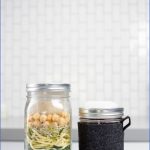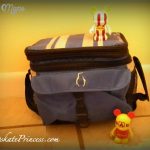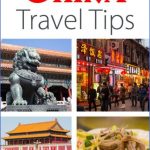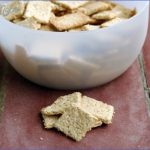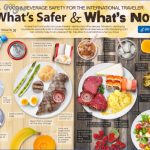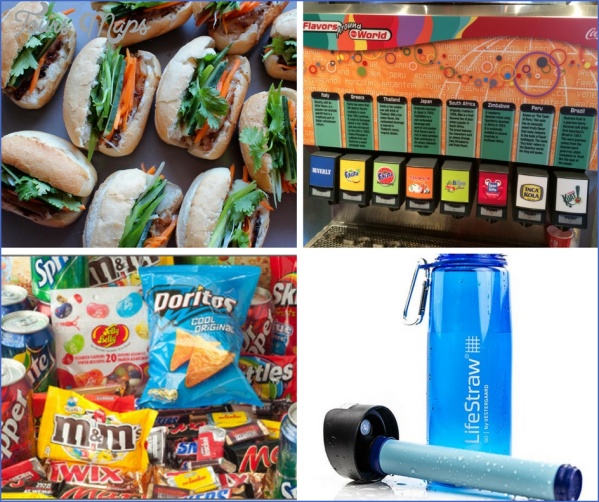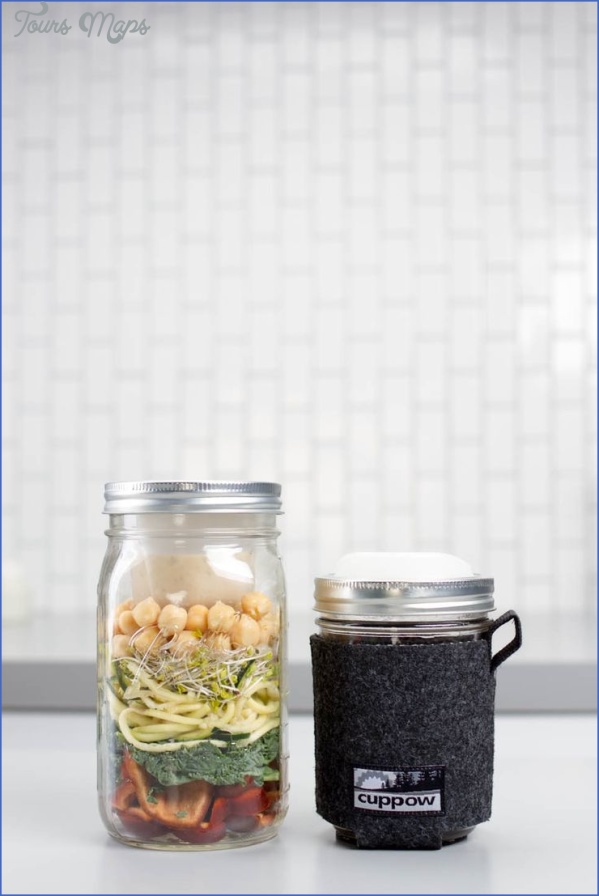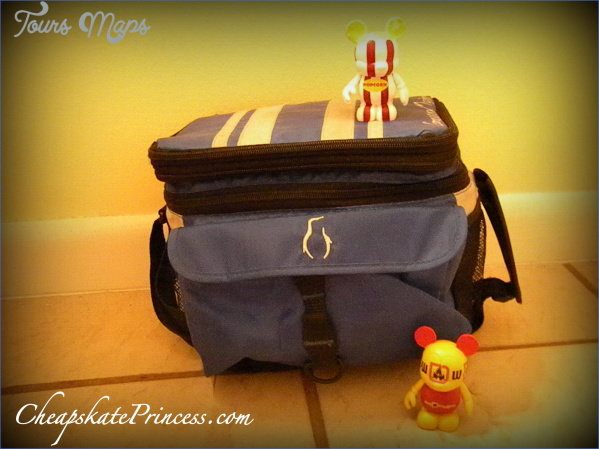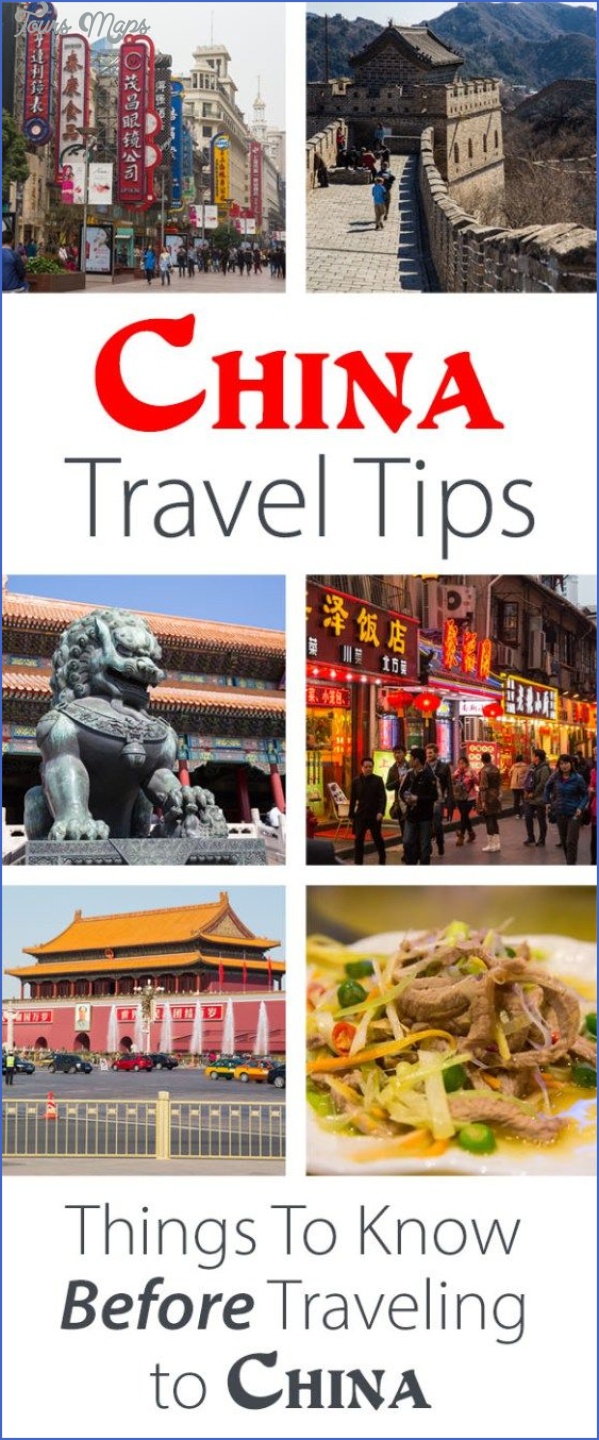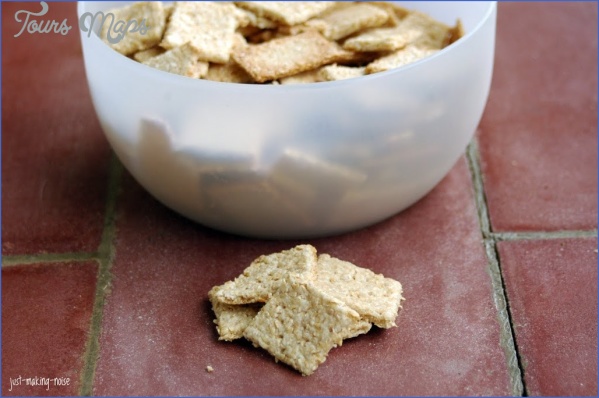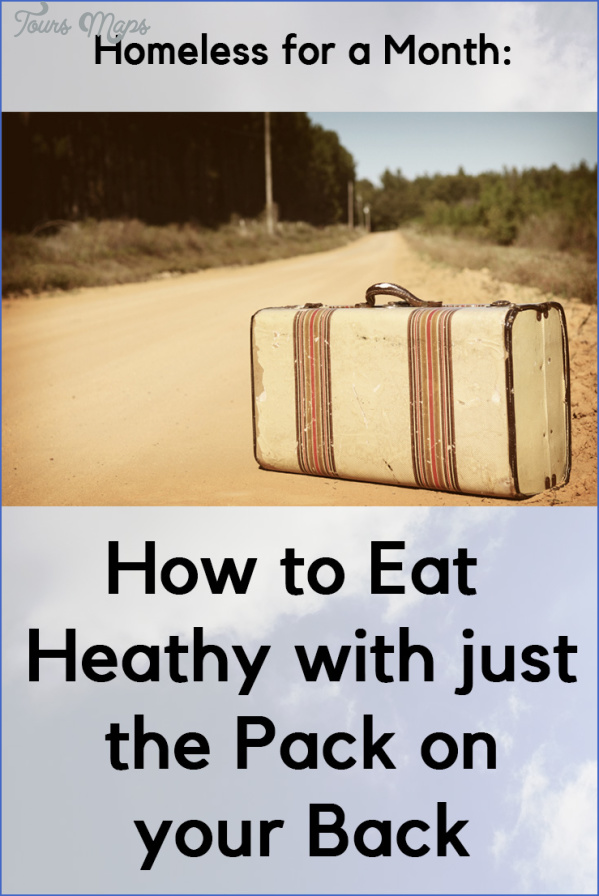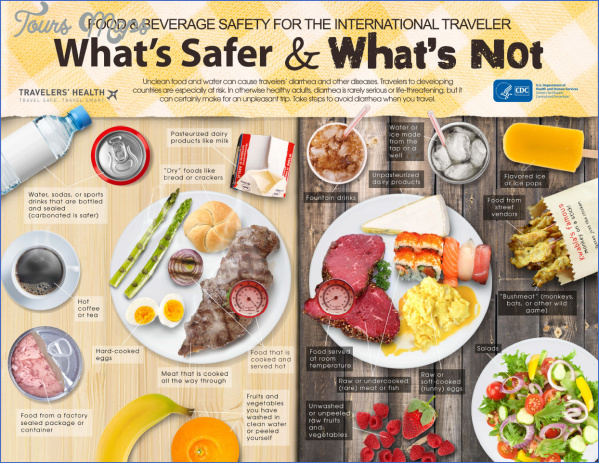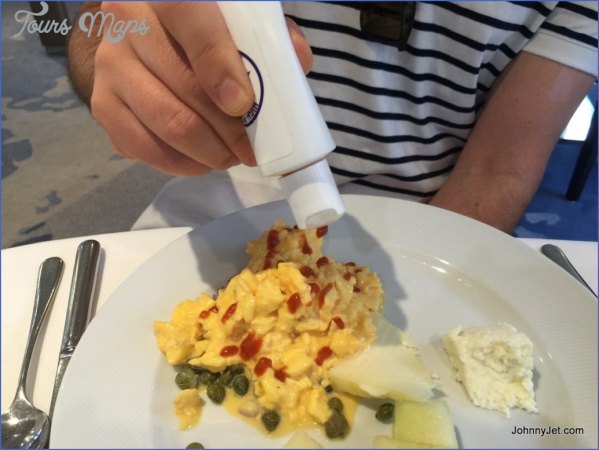It’s so ironic – you never really liked airline food, but now that it’s not there, another problem arises. What will you eat? The food available for purchase onboard may not be to your liking, ditto for food sold at the airport. And carry-on rules apply to food products as well.
On a recent trip, my tiny tin of tuna escaped scrutiny at three consecutive checkpoints, until a diligent inspector in Chicago pulled me over. After I whipped out my copy of current regulations, printed right off the government website showing that meat and fish were indeed allowed, he pointed out that the tin also contained water. Would it fit in my security baggie? He asked. It did.
Government regulations: Solid foods, such as cookies, crackers, chips, cheese, nuts and granola bars are permitted, as are meat, sandwiches, fruits and vegetables. The only caveat when travelling outside of your home country is the limit imposed by foreign customs regulations.
Generally, fresh fruit is taboo if it can be grown in the country of your arrival. That’s why you can bring oranges, grapefruits and lemons into a place like Canada, but not apples or strawberries. As many Canadian airports offer pre-clearance to the United States, your fruit cocktail may not have a chance to get close to security if U.S. customs confiscates it. Dried fruit and nuts are usually allowed but when in doubt, declare.
After arriving in Santiago, a junior flight attendant almost spent the weekend in jail for refusing to relinquish the Canadian plum in her tote bag. I’m not sure if it was her youth or arrogance that made her argue with the customs agent, but the In-Charge Flight Attendant managed to cool things down. Though the rest of us thought she deserved to learn a lesson, we’d have been short-staffed on the flight home and passengers and crew would have suffered.
BRING YOUR OWN FOOD ON TRAVEL Photo Gallery
Flights without pre-clearance are easier, as long as you either consume the food prior to disembarkation or toss it once you arrive. It’s not worth the aggravation or potential fine. No, inspectors aren’t unduly paranoid or eager to have you spend your food money in their country. Fruits and vegetables can bring in bugs and disease that could devastate entire agricultural industries. Remember foot and mouth disease?
Current regulations state that baby food, formula, milk, juice and water are allowed in your carry-on items, but only if you’re travelling with a child aged two years or under. Childish partners are not included.
Researchers at the University of Manchester have concluded that the white noise generated by aircraft engines reduces our sensitivity to the saltiness and sweetness of foods. Airline caterers often pump up the volume on these flavours to counteract passengers’ perception of the blandness of onboard meals.
I try to eat a proper meal before the flight and often pack a sandwich, nuts, dried fruit and granola bars. You’ll know what’s in it and you can avoid the extra bloating caused by too much sodium.
FA TIP: Some destinations x-ray all of your bags before you enter the country. So, if there’s contraband in your luggage, intentional or accidental, you’ll have some explaining to do.
Maybe You Like Them Too
- Explore Bonferraro, Italy with this detailed map
- Explore Doncaster, United Kingdom with this detailed map
- Explore Arroyito, Argentina with this Detailed Map
- Explore Belin, Romania with this detailed map
- Explore Almudévar, Spain with this detailed map


